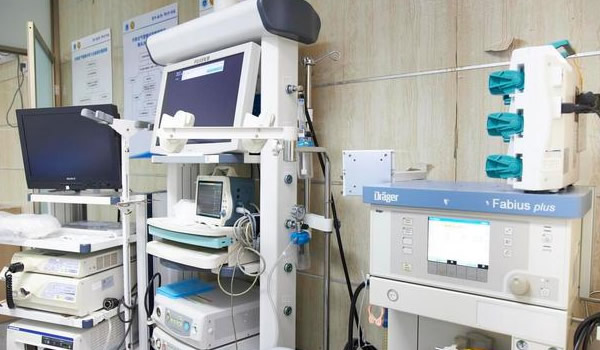Diabetes is Asia’s fastest-growing chronic disease, affecting more than 250 million people in the region. Rising obesity, sedentary lifestyles, and dietary changes are driving this epidemic. This article explores diabetes treatments in Asia, covering lifestyle modifications, medications, insulin, and emerging therapies, with a focus on region-specific challenges and innovations.

The Diabetes Epidemic in Asia
- Global statistics: Over 537 million adults worldwide live with diabetes.
- Asia’s burden: China: Over 140 million diabetics (world’s largest population). India: More than 80 million cases. Southeast Asia: Rapid growth, projected to double by 2045.
- Economic cost: Billions spent annually on diabetes-related care.
- Complications: Heart disease, kidney failure, blindness, amputations.
Types of Diabetes
- Type 1 Diabetes: Autoimmune, less common, requires lifelong insulin.
- Type 2 Diabetes: 90–95% of cases, driven by obesity and lifestyle.
- Gestational Diabetes: Increasing with rising obesity in pregnancy.
Lifestyle Modifications: The Foundation of Treatment
Diet
- Traditional high-carb diets (rice, noodles, bread) contribute to high glucose spikes.
- Shift toward low-glycemic index foods, portion control, and Mediterranean-style diets.
Exercise
- Walking, resistance training, and yoga improve insulin sensitivity.
- Public health campaigns in Singapore and Japan promoting active lifestyles.
Weight Management
- Obesity strongly linked to diabetes; weight loss of 5–10% can significantly improve outcomes.

Medications for Diabetes
Oral Drugs
- Metformin First-line therapy; inexpensive and widely available. Improves insulin sensitivity.
- Sulfonylureas (glimepiride, gliclazide) Stimulate insulin secretion; still widely used in Asia.
- DPP-4 Inhibitors (sitagliptin, linagliptin) Popular due to good safety profile.
- SGLT2 Inhibitors (dapagliflozin, empagliflozin) Growing adoption in Asia; also protect kidneys and heart.
- Thiazolidinediones (pioglitazone) Improve insulin resistance, but limited due to side effects.
Injectable Drugs
- GLP-1 Receptor Agonists (semaglutide, liraglutide): Highly effective for weight loss and glucose control.
- Increasing popularity in Japan, South Korea, Singapore, and urban China.
Insulin Therapy
- Essential for type 1 diabetes and advanced type 2 diabetes.
- Barriers in Asia: Fear of injections. Cost in low-income countries. Inadequate supply chain in rural regions.
- Newer options: long-acting analogs and insulin pumps becoming available in major cities.
Advanced Therapies and Innovations
- Continuous Glucose Monitoring (CGM) Devices like FreeStyle Libre and Dexcom expanding in Asia. Provides real-time blood sugar tracking.
- Insulin Pumps Growing adoption in Japan, Singapore, and South Korea. Limited in India and Southeast Asia due to cost.
- Artificial Pancreas Systems Closed-loop insulin delivery under clinical trials in Asia.
- Bariatric Surgery Proven effective for obese diabetics. Medical tourism hubs like India and Thailand leading in procedures.
Regional Insights
- China: Rapidly rising cases; government programs promoting early screening.
- India: High prevalence of “thin-fat” diabetes (normal BMI but high fat).
- Japan: Lower obesity rates but still high diabetes burden due to genetics.
- South Korea & Singapore: Advanced digital health adoption.
- Southeast Asia: Major access gaps in rural healthcare.
Prevention Strategies
- Mass screening programs for prediabetes and high-risk individuals.
- Public education campaigns on diet and exercise.
- Policy measures: Sugar taxes (Philippines, Thailand), food labeling, and restrictions on junk food marketing.
Future of Diabetes Care in Asia
- Digital Health: AI-driven apps for glucose monitoring and personalized care.
- Telemedicine: Expanding in rural regions for remote diabetes management.
- New Drug Classes: Dual-acting incretin drugs (tirzepatide) showing promise.
- Precision Medicine: Genetic profiling to predict drug response.

Conclusion
Diabetes is Asia’s biggest chronic disease challenge, with millions at risk of complications. While lifestyle modification, medications, and insulin remain the backbone of therapy, emerging drugs, digital tools, and surgical options are reshaping care.
The path forward lies in early prevention, affordable access to advanced therapies, and strong public health initiatives to reduce the burden of diabetes across Asia.